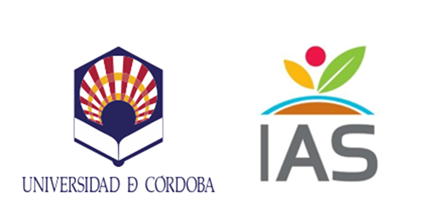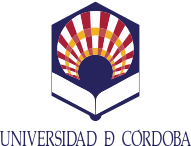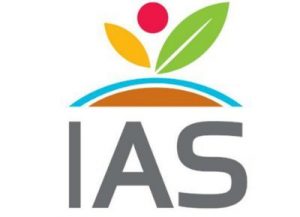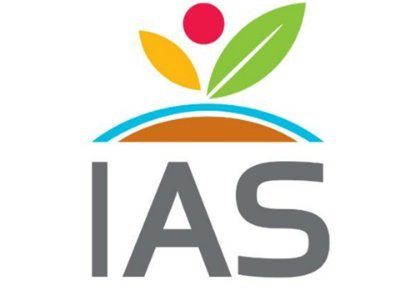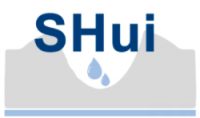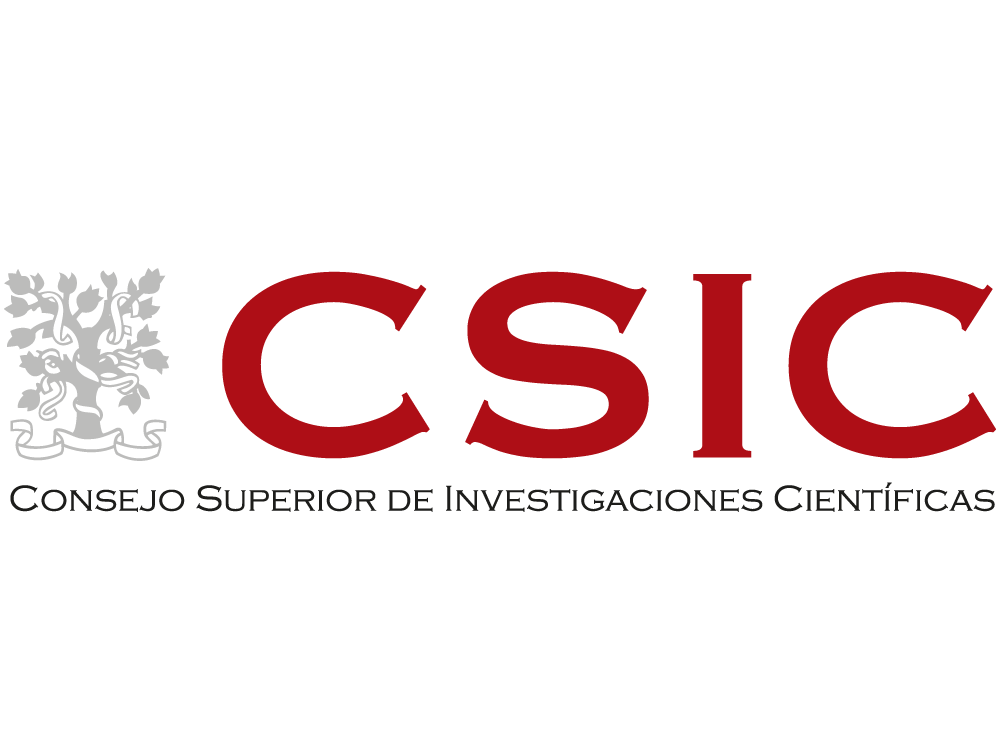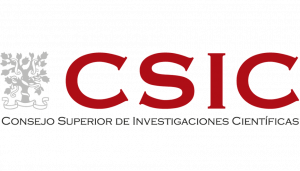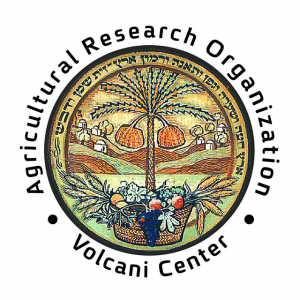Agricultural Water Management 2020, 240, 106254; https://doi.org/10.1016/j.agwat.2020.106254
Partner Publication (CSIC & UCO):
Tomás R. Tenreiro a,*, Margarita García-Vila b, José A. Gómez a, José A. Jimenez-Berni a, Elías Fereres a,b
a InstituteforSustainableAgriculture(CSIC),14004Cordoba,Spain
b DepartmentofAgronomy,UniversityofCordoba,14014Cordoba,Spain
Highlights
• Scaling up point-based simulation modelling is a challenge due to the heterogeneity of water-related processes, and it is essential for many applications in precision agriculture.
• Seven crop simulation models and five hydrologic models were selected and their water modelling approaches were systematically reviewed for comparison. Regarding spatial modelling of water at crop field level, our analysis indicates that there is scope for conceptual improvements, but that combining both types of models may not be the best way forward.
• The most promising advances are related to the incorporation of surface inflow and subsurface lateral flows, by using differential equations or through novel water spatial partitioning relations to use in discrete-type approaches.

